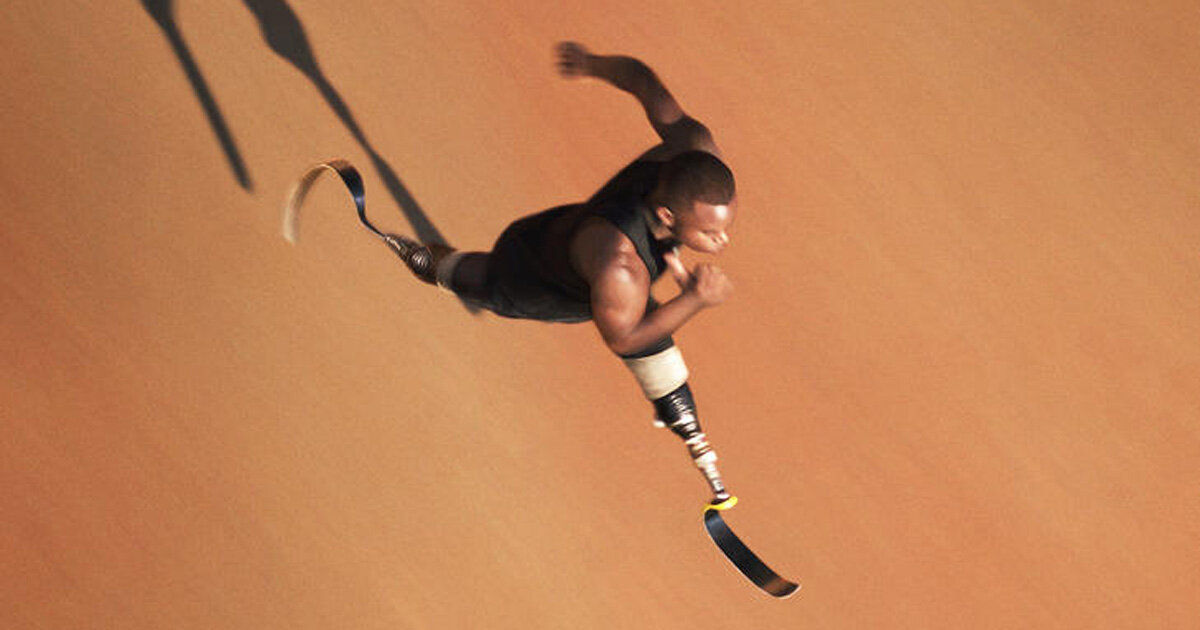Rising Phoenix: the story of the Paralympics that had to be told
26 August 2020
This summer the world was set to be captivated in Tokyo by the world’s two most iconic sporting events. The Olympic Games and the Paralympic Games, were both put on hold due to the coronavirus pandemic; but while this level of disruption is perhaps unprecedented for the former in post-war history – for its younger cousin, things rarely run smoothly.
Only four years ago, just weeks before the Rio Paralympics were due to start, budget cuts put the very running of the Games in jeopardy – with a number of infrastructural closures ultimately made including the closure of transport services, media centres and even venues.
But like a phoenix rising from the ashes, the Games went ahead with all national delegations after eleventh hour funding was secured. Against all odds, the Paralympics again had overcome enormous challenges.
Conquering adversity is simply a part of the DNA of the Paralympics and has been since its inception. Now, a new Netflix documentary, Rising Phoenix, tells this story in unprecedented detail.
Its release this week is as one of Netflix’s most highly-anticipated documentaries of the year, but like the Paralympic Games itself – mountains had to be climbed simply to get it made.
It may be one of the world’s premier sporting events, but ultimately the story of the Paralympics is a story about disability and even in 2020, these stories do not get told in the mainstream.
The film’s producer Greg Nugent had a vision to make this movie back in 2017, but in an interview in Inside The Games he said: “The industry kept telling me not to try and make this film. I kept trying to go to traditional sources of funding to make it, and I kept getting hit with a barrier, which was ‘We don’t do disability in entertainment.’”
Casual disability discrimination like this remains all too common in business and society. Like stories told from the perspective of ethnic minorities, or even predominantly female-cast films, putting disability in the mainstream is still seen as a risk, which meant Greg and his team had to secure funding from people more willing to take on the perceived risk.
I was one of those approached for funding, having worked with Greg and his team before on my own vision correction campaign, Clearly. As a philanthropist, I view it as my responsibility to invest in high-risk projects where others – particularly businesses beholden to shareholders and their bottom line – cannot.
But I hate to admit, despite a penchant for risk-taking, I initially scratched my head at the prospect. Could the story really be that interesting? Was it truly worth investing in this project?
The answer I very quickly found out, was yes – this was a story that had to be told and I am proud to have had a small part in making that happen. The history of the Paralympic Games is captivating; beginning as the ‘Stoke Mandeville Games’ in 1948 – the brainchild of Dr Ludwig Guttman, a Jewish refugee to the UK who had fled Nazi persecution in Germany and went on to establish the National Spinal Injuries Centre at Stoke Mandeville Hospital.
The growth of the Games from that point onwards, to its first official edition in Rome 1960, to where it is today – a partner of the Olympic Games that is as much a part of the quadrennial sporting calendar as its forerunner – is inspiring and powerful.
But perhaps the biggest lesson I have discovered on this journey is that despite my early reservations and all the barriers that stood in the way of its production – ultimately this film was not the risk I nor the many investors who rejected it, initially perceived it to be.
Those who hold the funds appear to not yet have grasped that despite all the evidence of the past 60 years, the appetite for Paralympic sport is comparable to that for the Olympics itself. These are not lesser athletes for their disabilities and if anything, they are far more inspiring. This is something the public recognise and perhaps with this film, we can finally start to see the two events as equals.

